Blockchain application development involves several stages, starting with ideation and
requirement gathering. The process typically includes:
Conceptualization
Understanding the client's needs, defining the application's purpose, and determining the
use of blockchain technology to address specific requirements.
Design and Planning
Creating a blueprint for the application, including architecture, user experience, and
technical specifications.
Development
Writing and coding the application, including smart contracts (if applicable), integrating
blockchain protocols, and ensuring compatibility with the chosen blockchain network.
Testing
Conducting rigorous testing to identify and resolve issues related to functionality,
security, and performance.
Deployment
Rolling out the application onto the chosen blockchain network, ensuring proper
configuration and setup.
Maintenance and Updates
Providing ongoing support, monitoring, and making necessary updates to ensure the
application operates efficiently and securely.
The process may vary based on the complexity of the application, specific business
requirements, and the chosen blockchain technology. It typically involves close
collaboration between developers, blockchain experts, and clients to ensure a successful
and tailored blockchain application.
 Vast Domain Experience
Vast Domain Experience
 Highly Expertise Team
Highly Expertise Team
 Enhanced Security
Enhanced Security
 User-friendly Development
User-friendly Development

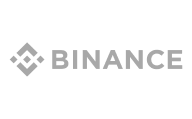

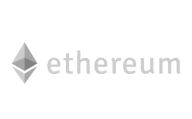
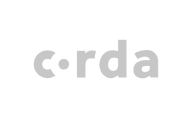
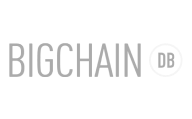
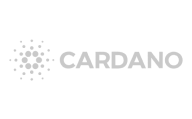


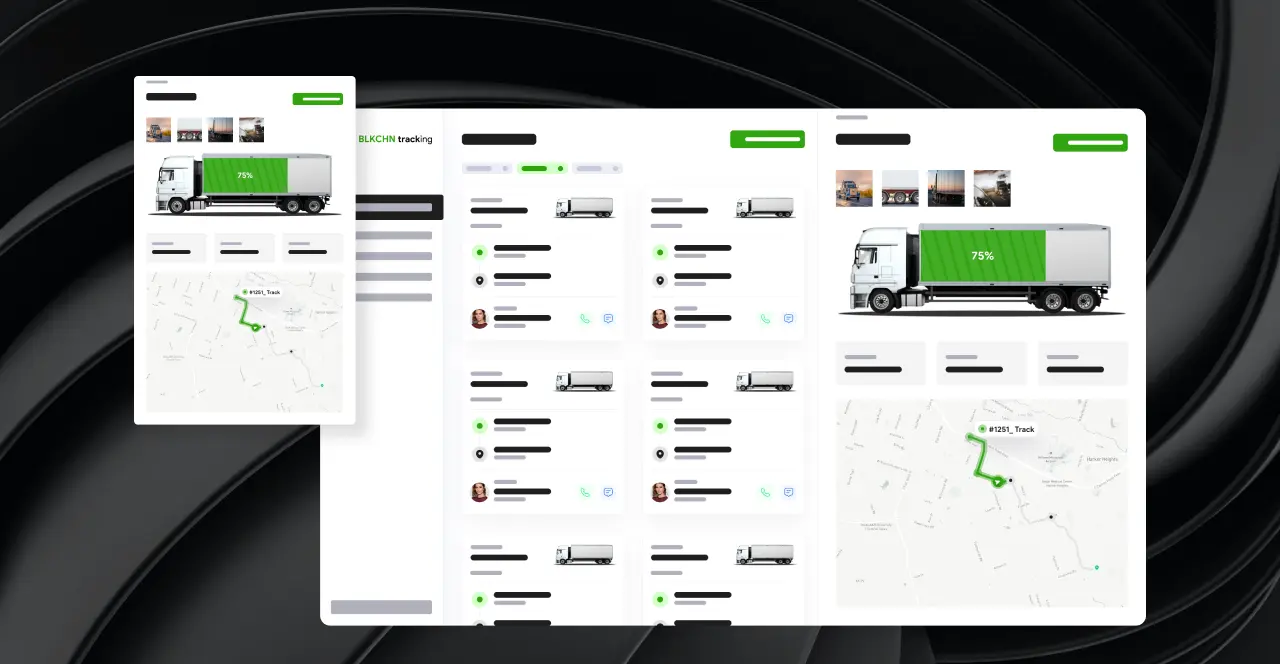
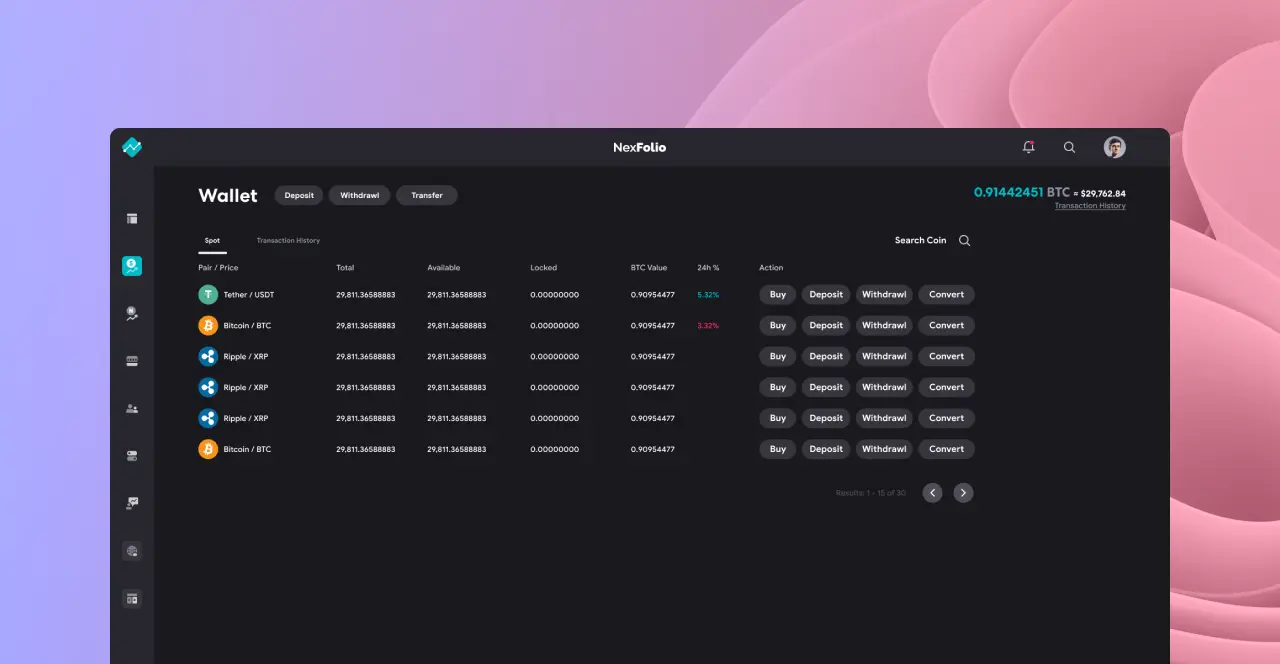
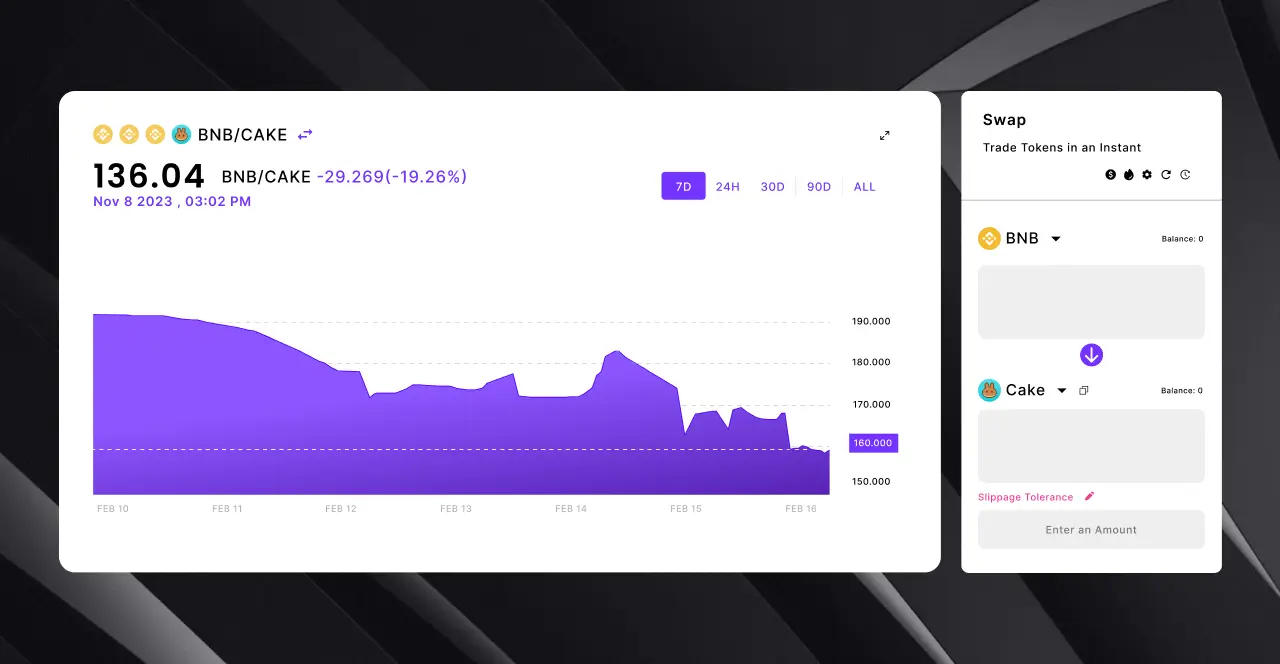
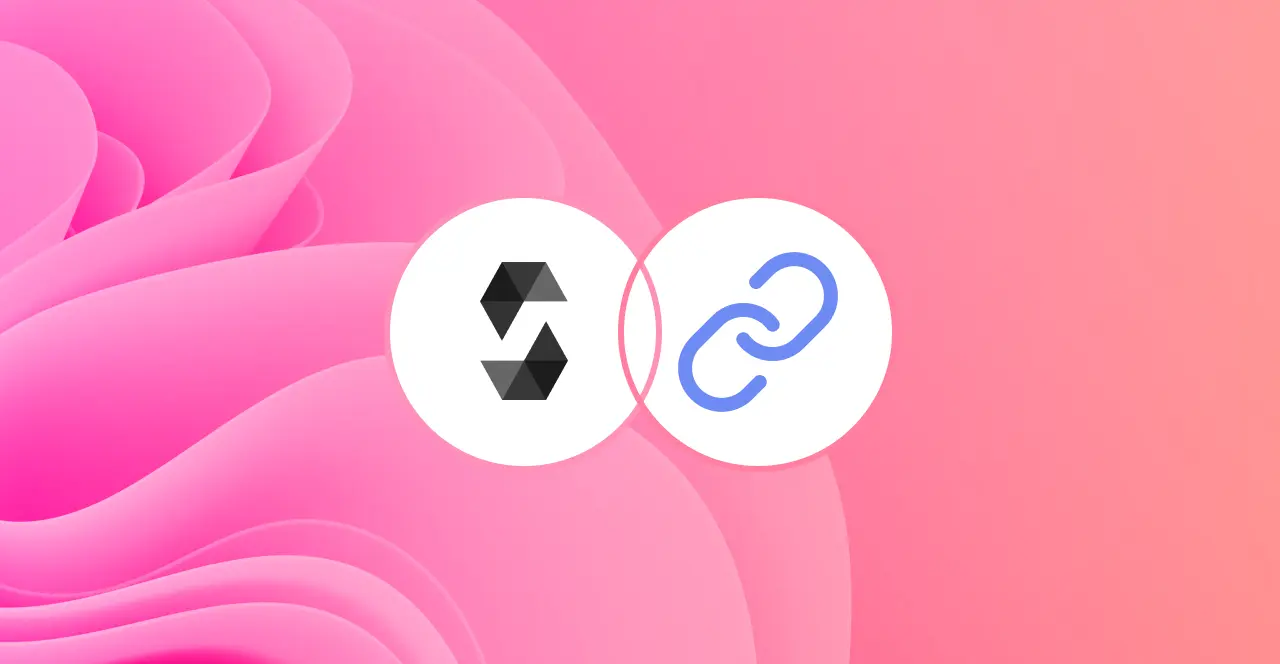




 Contact Us
Contact Us